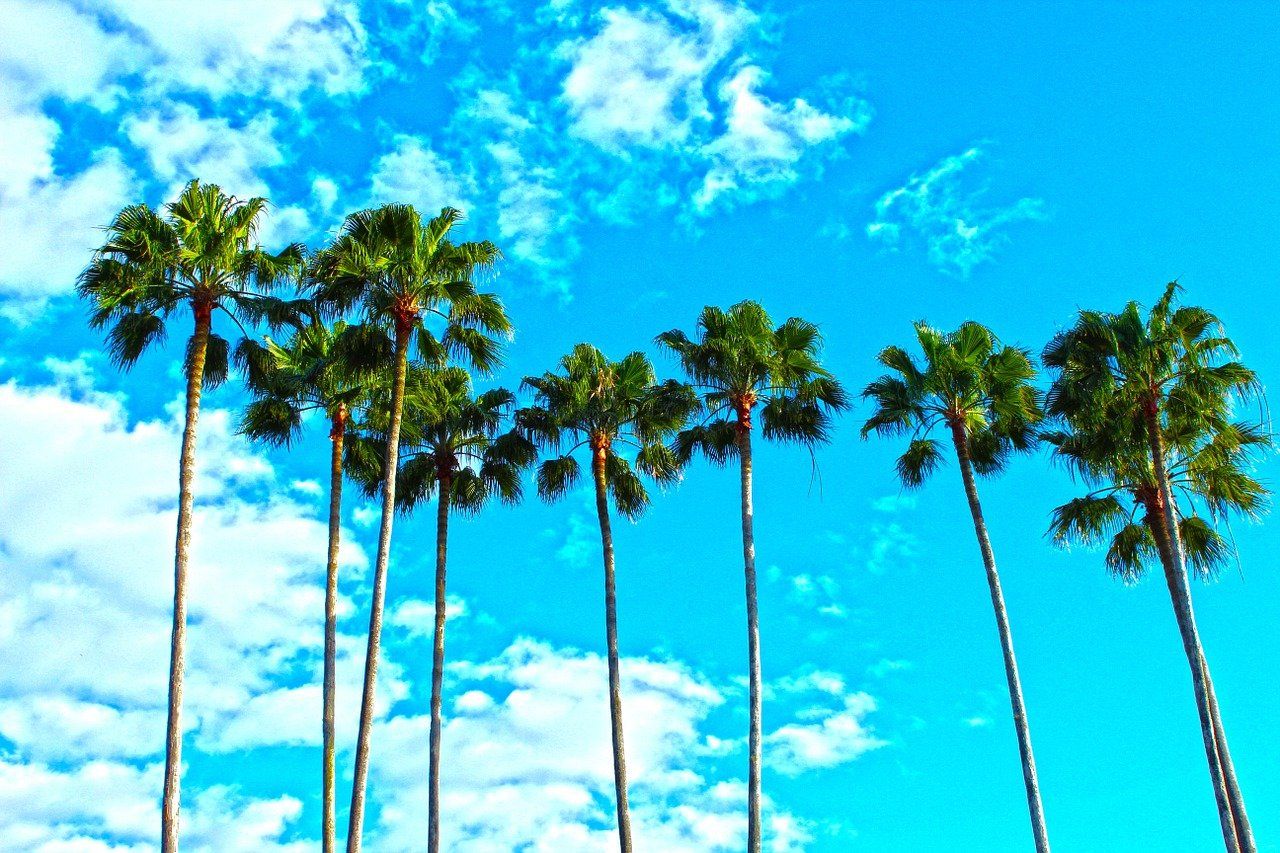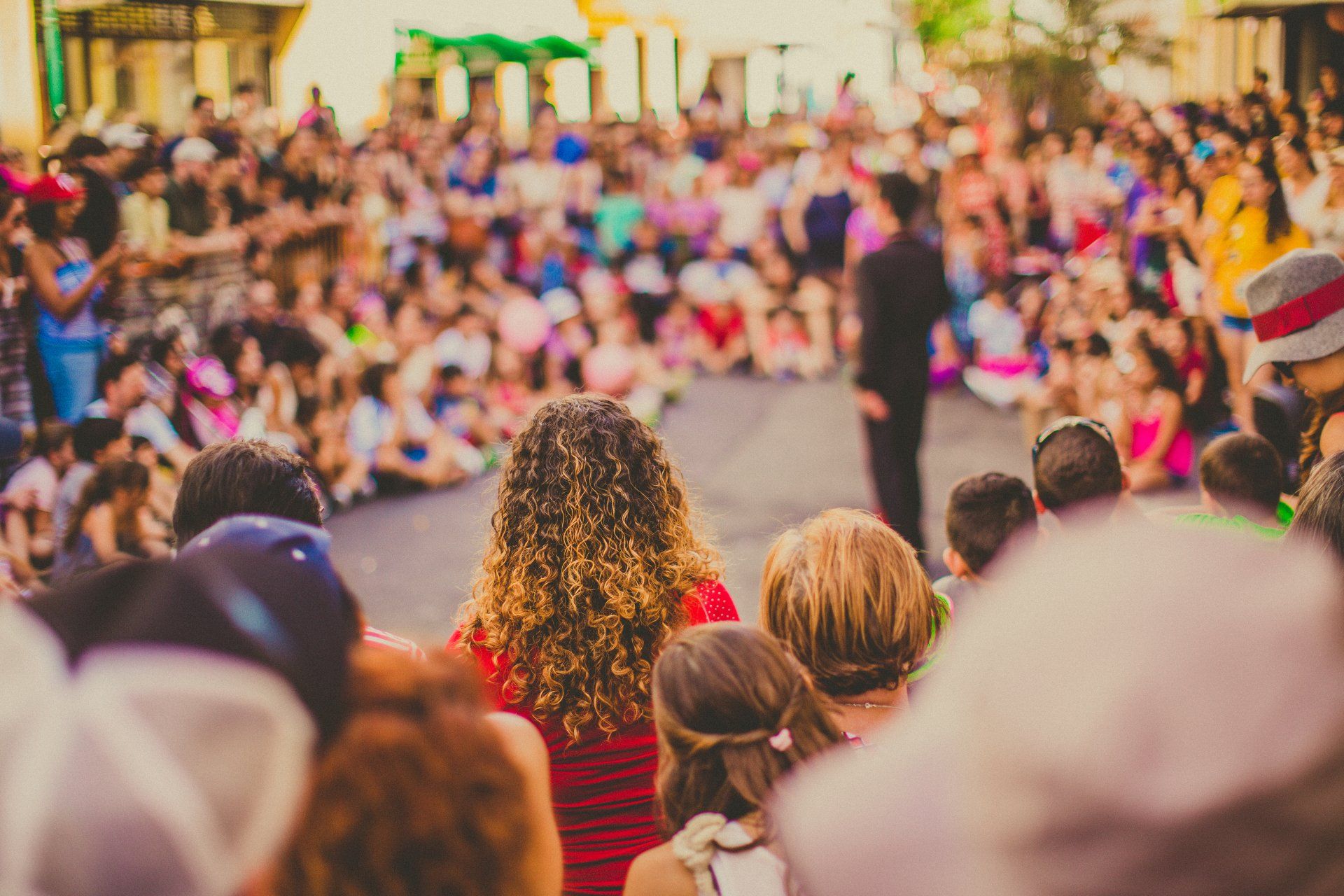Blog

Ocala is named after the extinct Timucuan tribe, who called their village Ocali. This was commonly known as “Big Hammock”. Many streets in Ocala have historic Native American names today, while others are Spanish-named from old land grants. Most likely, the Timucua Indians were the first to settle in Marion County, Florida. They occupied the area they called “Ocali”, near present-day Ocala. According to legend, Hernando De Soto of Spain established a temporary camp in North Central Florida for a group Native Americans around the middle of the sixth century. In 1715, the Carolina Yamasee conquered the Timucua Indians. They were then followed by the Seminoles by 1750. After a brief period under British occupation, Florida was returned to Spain. Land grants were then sold to Spanish citizens who settled in Florida. Eleven land grants were made to Marion County between 1817 and 1818. The population of Marion County was dominated by Native Americans and African Americans when the United States seized Florida in 1821. After the 1823 treaty that limited Native Americans to the southern part of Florida, settlements by white European Americans were not possible. Fort King, located just east of Ocala in 1827, was built. It was occupied up to the 1840s. On March 25, 1844, Marion County was created. Fort King was designated its county seat. Florida became a state one year later. David Bruton (Marion County Engineer) created the first plat for Ocala in March 1846. Ocala was the county seat at that time. In its original form, the city consisted of 80 blocks that were located around a square. This square was used for the construction of the county courthouse. Marion County was granted its first post office in 1847 and began publishing the first newspaper. According to the census taken in 1850, 38% of Marion County’s population was African Americans. This percentage had increased to 62% by 1860. The antebellum plantation economy was supported largely by slaves. African Americans lived on large plantations. The main crops were cotton, sugarcane, tobacco, and corn. Florida seceded from the Union on January 10, 1861. Marion County was a major production center that supplied food, clothing, and arms to Confederate Army soldiers during the Civil War. Because many enslaved people did not know about the Emancipation Proclamation, it didn’t lead to the mass exodus from plantations. The war ended in 1865, and African Americans continued to live free in Marion County. Reconstruction 1866-1879 Lawlessness and chaos reigned immediately after the war. The Federal government sent troops to the area due to intimidation tactics used by Confederate soldiers throughout Florida and sympathizers. To assist former slaves, the Freedman’s Bureau was established in 1865. Many of the former slaves remained on the plantation and received compensation for their work. Many left the plantation and moved to Florida’s most populated areas. Although efforts were made to ensure the rights of African Americans, these efforts were undermined by the “Black Codes” laws that were specifically aimed at African Americans. Vagrancy laws, regulations of weapons and provisions that schools be funded by a tax on African American men were some of the restrictions placed upon the ex-slave population. These actions led to the Federal government putting Florida again under military control until July 25, 1868, when it was officially re-admitted to the Union. Former slaves were encouraged by the Freedman’s Bureau to apply for land under the Homestead Act of 1866. This law prohibited all-cash sales of land in five South public land states and reserved the land for homesteaders. Ex-Confederates weren’t eligible. More than 3,000 African Americans made claims in Florida but were often intimidated and abandoned by the white population. The Bureau opened 87 schools throughout Florida and promoted education among former slaves. James H. Howard, an ex-slave owner, donated land at the corner Osceola & Third Streets to Ocala for the first African American school. The north provided financial support and teachers for Howard Academy. 1867 saw the opening of a Freedman’s Bureau branch in Ocala. Voter registration for freedmen included the surnames Alexander and Hampton, Taylor, Taylor, Gadsden. Gardner was also available. Soon after the war, Ocala’s African Americans started to form their own churches. The entire black membership of Baptist Church, which included 90 members, resigned in 1866 to form the Mt. Moriah Baptist Church. Samuel Small, a former slave on Osceola Plantation, was the first pastor of the Church. Mt. Tom Long, a circuit rider and a horseback rider through Florida to the A.M.E., organized Zion Church during this time. Ocala hosted a meeting of 1,000 ex-slaves on April 20, 1867. Reverend Small encouraged the crowd to learn and to use their freedoms wisely. Edward Barker, a Republican appointee, was elected Judge of Probate in 1869. He also became the head of the local Freedmen’s Bureau. Barker established a black militia company to enforce his rulings. Former slaves were quickly elected to county offices. The Reconstruction period saw significant progress for African Americans in Ocala, Florida, and elsewhere. The black population accounted for 73% of Marion County in 1870. This established an unquestioned majority. In 1872, Marion County had 65% black registered voters. In 1868, African Americans held public office. M. A. Clouts was elected Sheriff in 1868. By the end of Reconstruction, 1879, Marion County had sent seven black members to the Florida House, including Singleton Coleman, Birch Gibson, and Scipio Jasper. Tom Long, a distinguished representative who had helped to organize Mt. Zion, introduced a bill to establish free public schools in Florida. Ocala, without railroads or telegraph, was quite isolated during the first half century. In Florida, steamboats were introduced in 1820s. By the 1870s, they had become the principal mode of transportation. During this time, most of the Ocklawaha River steamboat pilots were African Americans. The Ocklawaha River served as a major commercial shipping route and brought tourists to Marion County. Tourists visiting Florida should see the famous Ocklawaha Run to Silver Springs. Visitors began to move to Florida as other tourist destinations in Florida grew in popularity. Post-Reconstruction, 1880-1897. The Atlantic Gulf West India Transit Company built a railroad connecting Waldo and Ocala in 1876. This created a boom in commerce and made it easy for tourists to get around. The steamers were losing business to the railroads by the 1880s. Marion County saw a rise in population and railroad towns were built near railroad stops. This was a huge benefit to the entire state. Between 1880-1885, there was a 25% increase in population. The citrus industry, which boomed between 1870-1895 was another area that developed. Farmers began to diversify their crops after the freeze. Other industries like tourism, phosphate, and real estate also pumped money and people into Ocala County. Ocala was hit hard by the yellow fever epidemic that erupted in Tampa and Jacksonville in 1888. The city was closed to visitors. In 1883, Ocala was hit by a devastating fire that destroyed many of its major buildings. Buildings were rebuilt in brick, granite, and metal by 1887. Ocala was dubbed “The Brick City” within five years.



